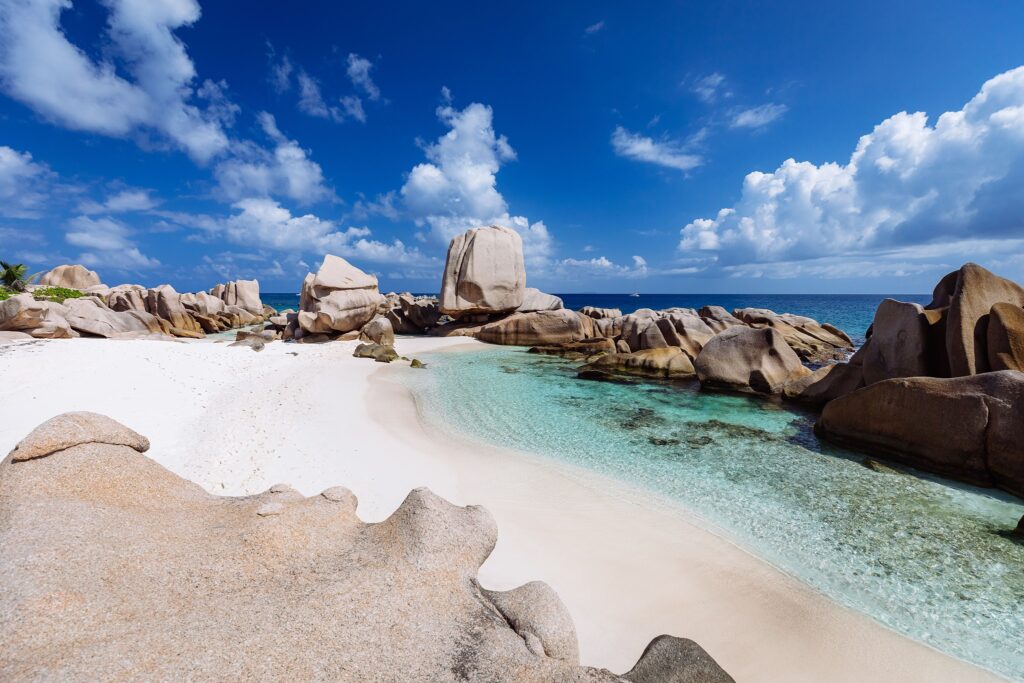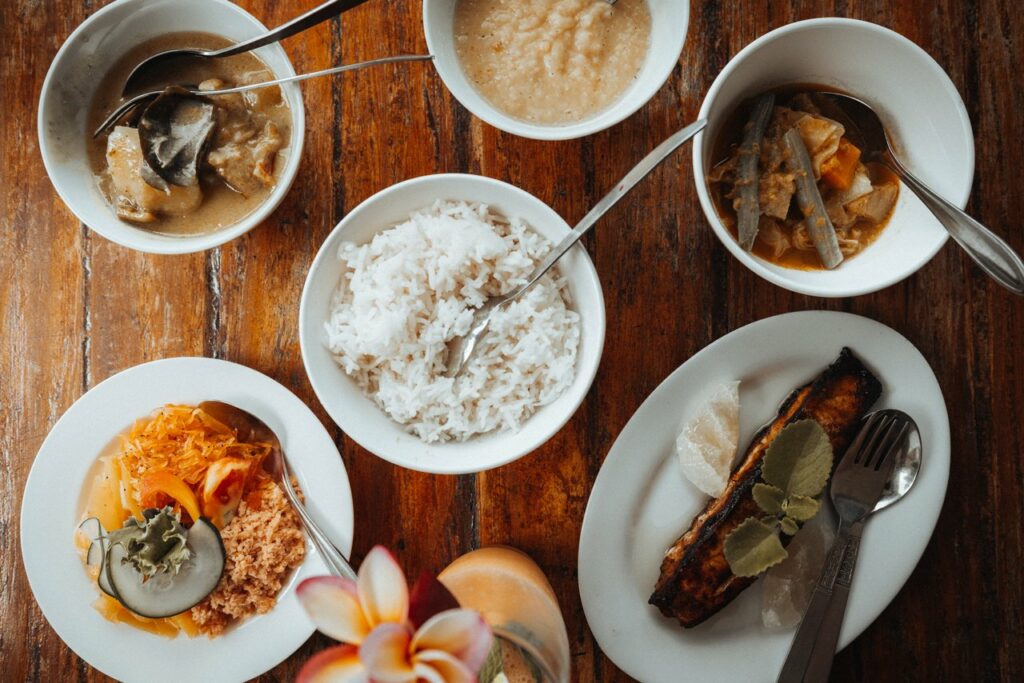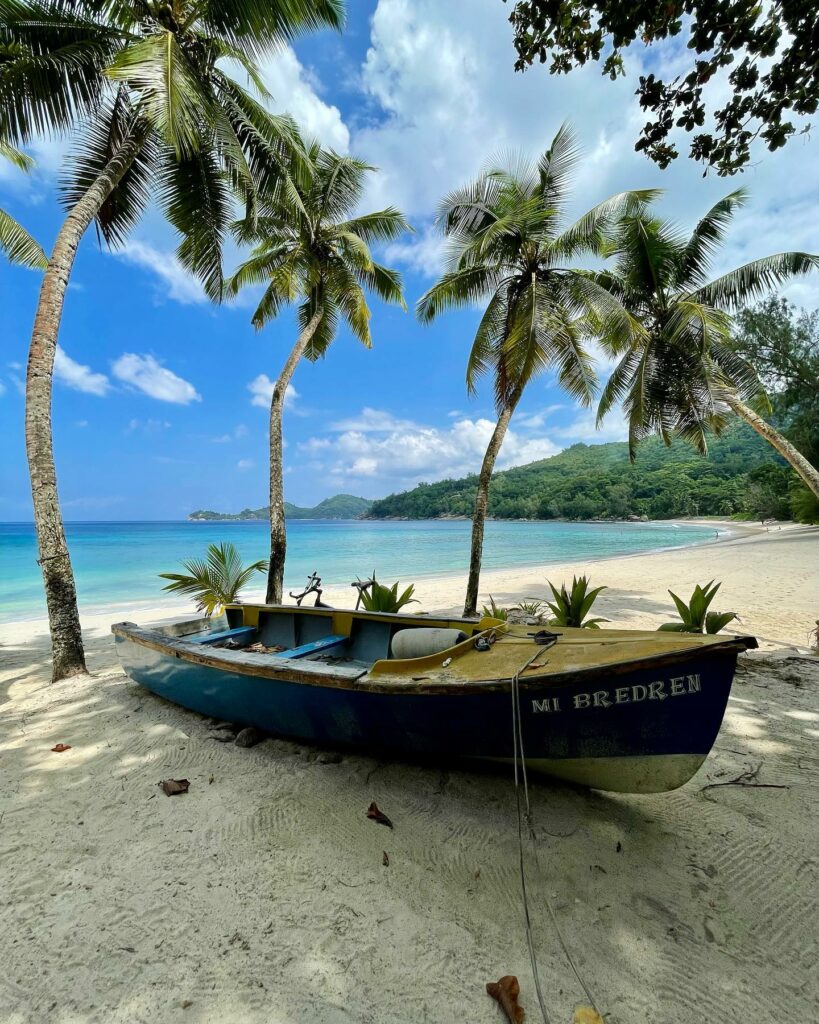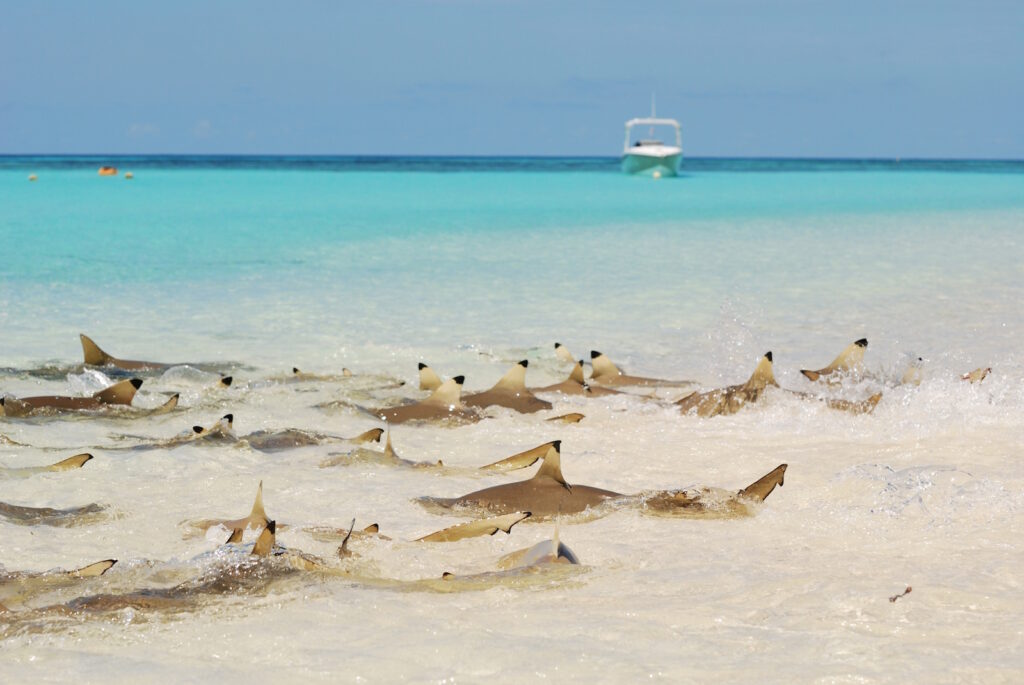The Republic of Seychelles
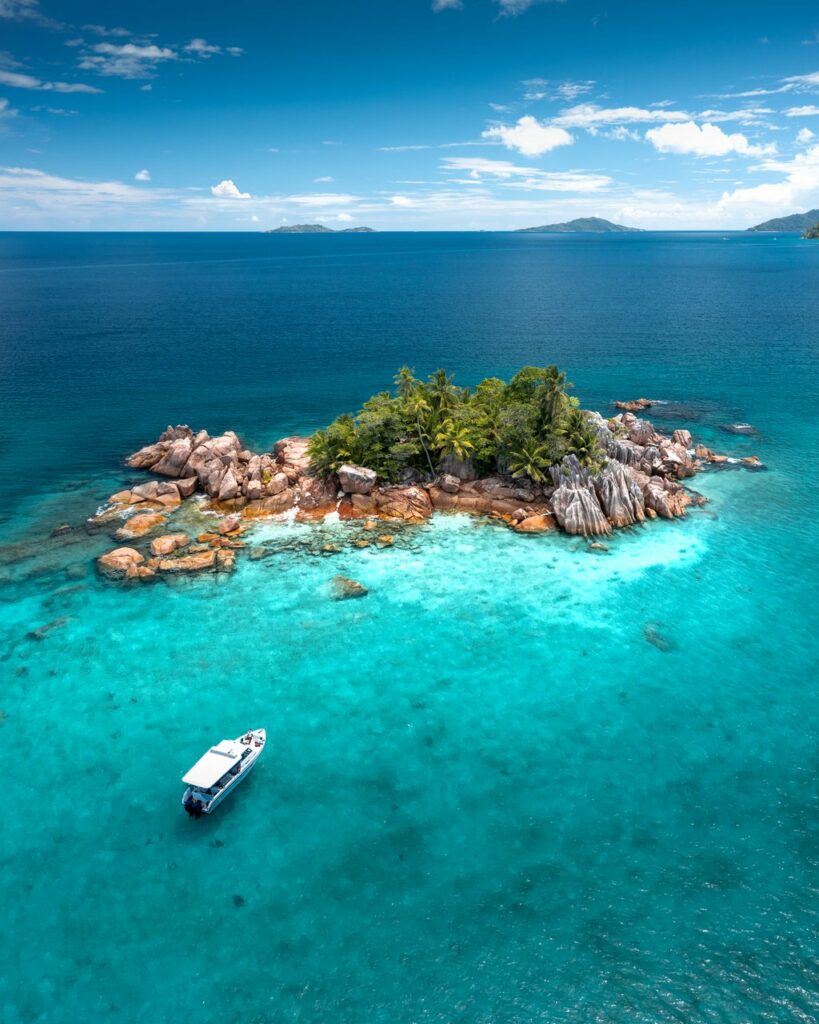
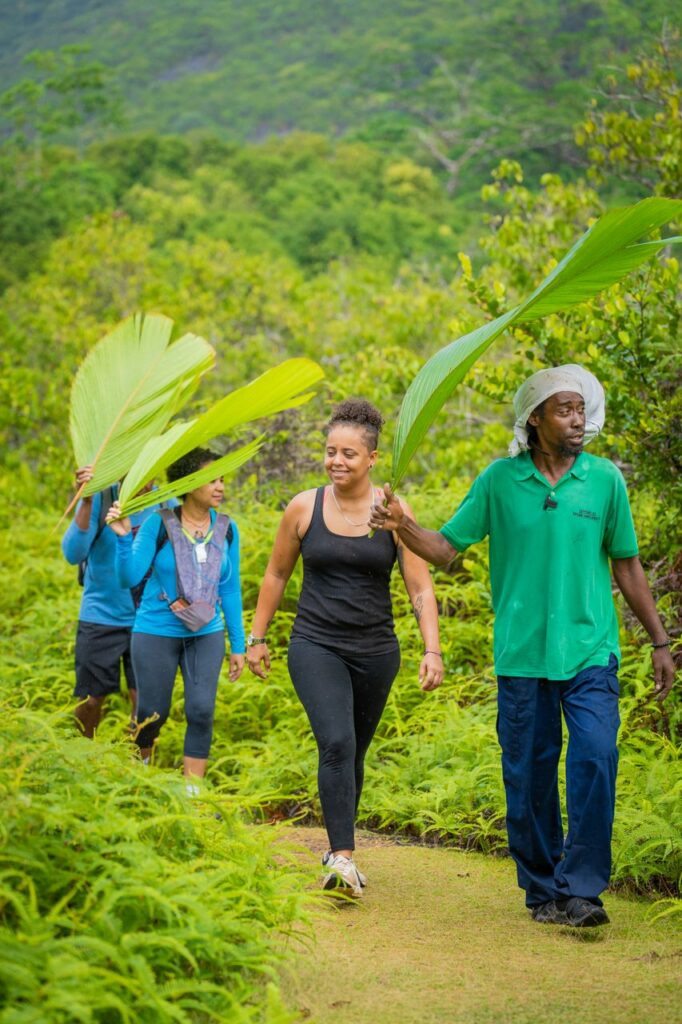
A tropical paradise
The archipelago, rich of a cultural and historical diversity, is considered as a dreamed destination for many travelers.
To preserve the archipelago’s natural splendour, 42% of its surface area is designated as parks and nature reserves. In addition, the government plans to extend these protected areas to guarantee the preservation of this heavenly jewel for future generations.
Discover the Seychelles
To discover more about the Seychelles, please visit the Seychelles Tourism Office website: Seychelles Tourism Office.

At the beginning
The archipelago was probably discovered in the 7th century by Arab sailors. When Vasco da Gama spotted them in the Indian Ocean in 1502, The Seychelles were then still completely uninhabited. On the first Portuguese maps, they were named Tres Irmãos, meaning “Three Brothers”, in reference to the mountains behind Victoria. The first Europeans from the British East India Company arrived in 1609, but colonies were not established until 1740 under the initiative of Bertrand François Mahé de La Bourdonnais. The Seychelles became then a French colony, and the island of Mahé was named in honour of the naval officer.

Colonisations
The first French arrived in Seychelles in 1770, coming from Mauritius and Reunion Islands. They were accompanied by slaves from Madagascar and the African continent. They settled on Mahé, cultivating and producing spices. Then, it was the islands of Praslin, Silhouette, Félicité and La Digue which were colonized. French influence still lasts today, reflected in the family and places’ names. The French language also formed the basis of the Creole vocabulary and grammar. African culture, introduced by slaves, is also predominant, especially in traditional Creole music and dances. Due to the low number of inhabitants during the first century of colonization, different cultures mixed, leaving a significant imprint on the today’ Seychelles.
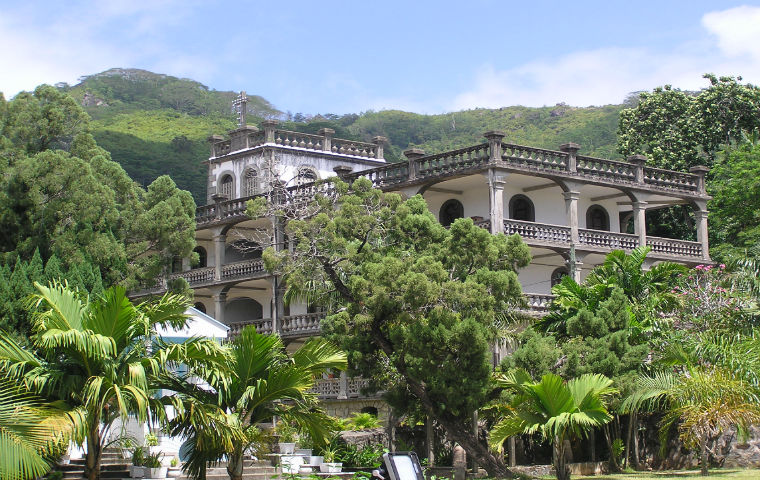
Protectorate and independence
War between France and Britain led to the surrender of the archipelago to the British in 1810, and it was formally ceded to Great Britain by the Treaty of Paris in 1814. Throughout the 19th century the population increased, and Seychelles produced high quality cotton. The abolition of slavery in the 1830s (law voted in London) deprived the islands of their labour force and compelled them to switch from raising cotton and grains to cultivating less-labour-intensive crops such as coconut, vanilla, and cinnamon. By the end of the century export of guano improved the islands economy and in 1903 Seychelles became a separate British Crown Colony, with Victoria as a Capitale. The first local elections took place in 1948, and the first fully independent elections in 1967. On June 29, 1976 the Seychelles became independent, but remaining within the Commonwealth.
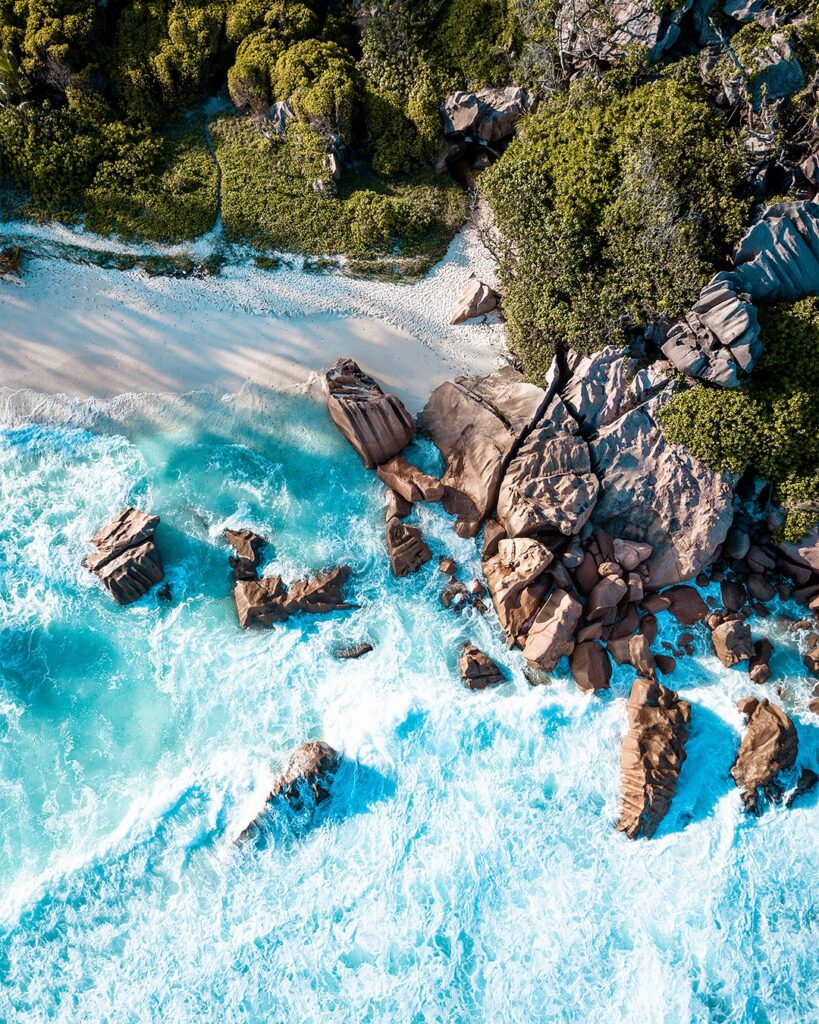
Climate
The climate in Seychelles is equatorial, characterized by slight variations between the dry season (April to October) and the rainy season (October to March). January is the rainiest month with the rainy season. Although the air can become heavier with high humidity and thunderstorms during this time, the Seychelles offers a climate suitable for tourism throughout the year, with a preference for the dry season. The best times to visit are the shoulder seasons, from late April to late June and late September to mid-November. Despite its location in the Indian Ocean, Seychelles experiences few cyclonic phenomena, making it relatively calm and secure.
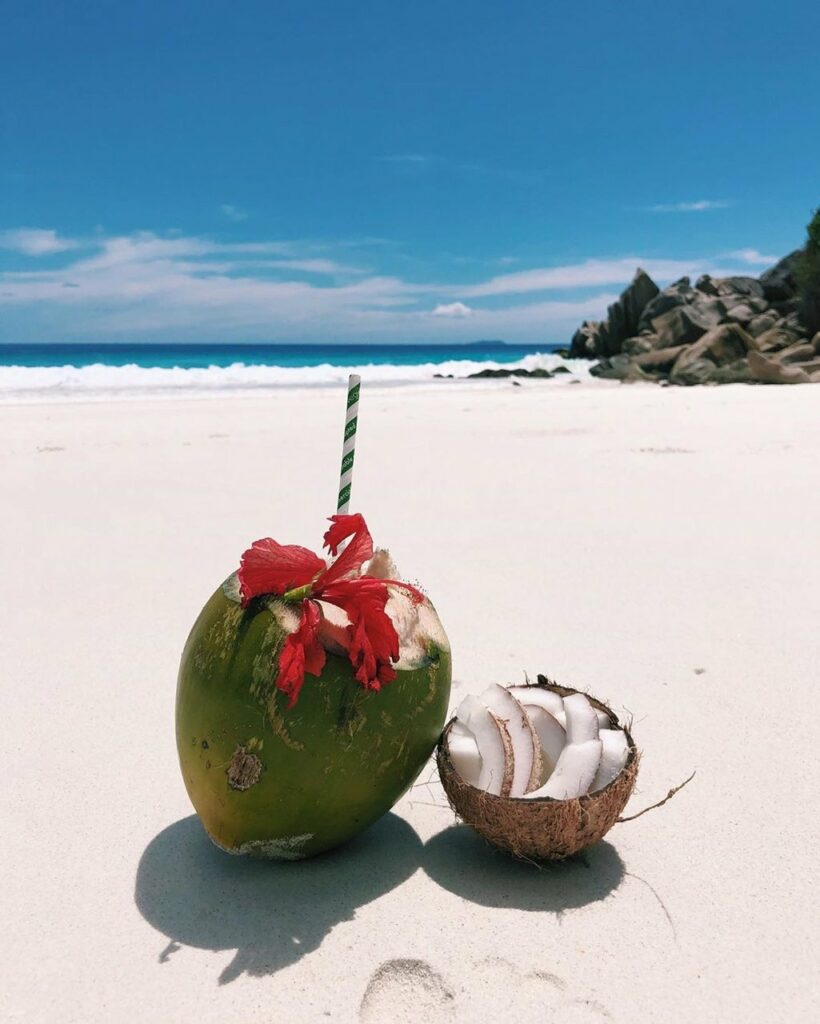
Temperature
Temperatures in Seychelles remain mild throughout the year, varying between 25 and 30 degrees, sometimes higher during the rainy season. The days are warm and sunny, without being overwhelming. If you are planning to swim in the Seychelles, be aware that the water temperature is warm all year round, never dropping below 28 degrees. April and May see the hottest temperatures, reaching up to 30 degrees. Thus, swimming is a pleasant experience in both summer and winter, and the coastal waters invite to various water activities, such as canoeing and diving, particularly recommended in July and August.


